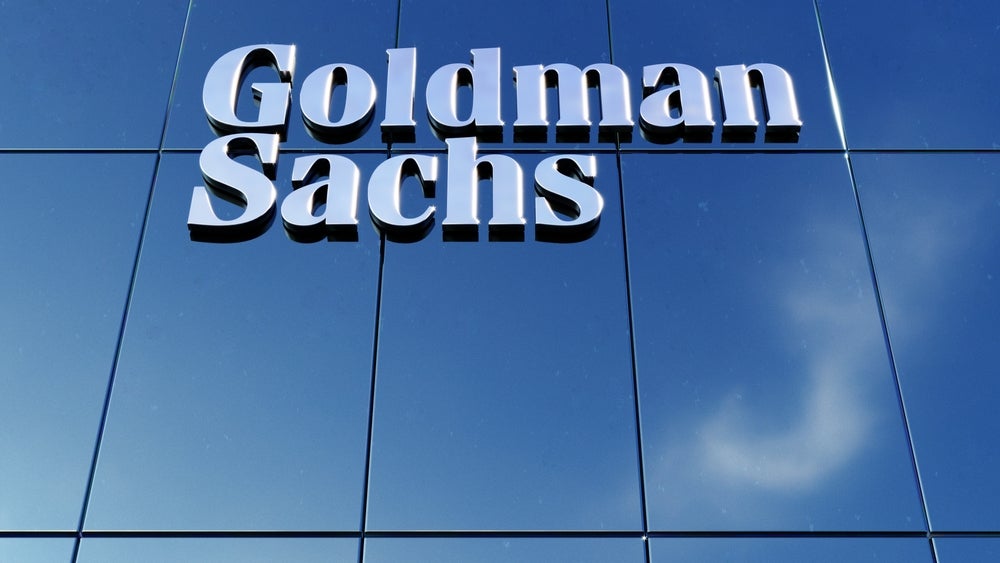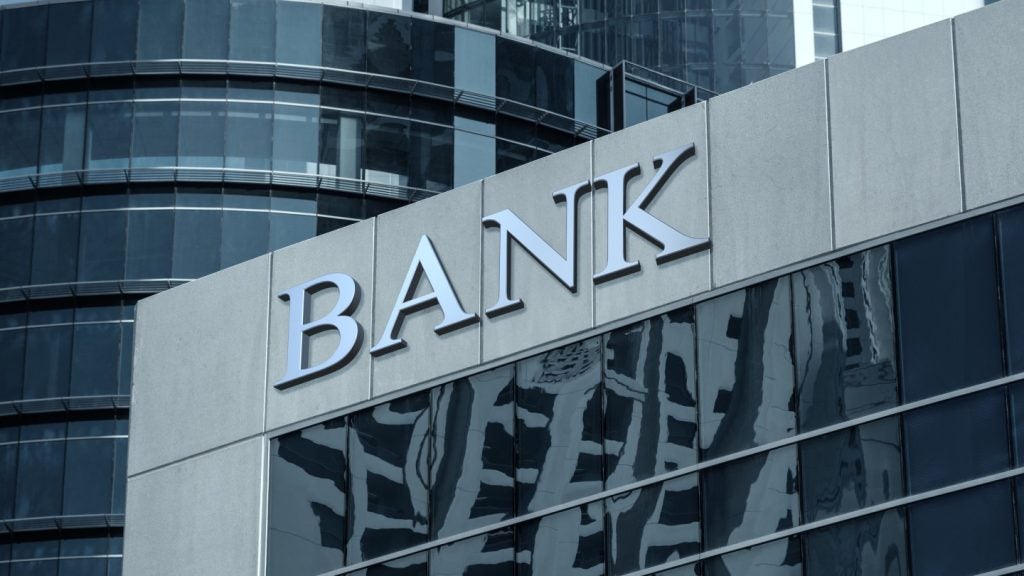Lack of standardisation has been a
hurdle for mobile payments, and a number of vendors believe the
sector’s growth will be stunted until industry standards are
established. Hwanwoo Chung, CEO at service
provider Danal CS&F, asks whether mobile payments can progress
without standardisation
Standardisation, or the lack of it, has been
one of the principal obstacles holding back mobile payments.
Many in the industry believe that until there
are standards and agreed processes in place, the vast number of
different payment technologies and industry participants means that
the roll-out and adoption of mobile payment services will be
stunted.
However, historically, standards have proved
too slow to keep up with the fast pace of technological change in
the mobile industry, and are out of step with consumer demand.
In the case of mobile payments, should we wait
for standardisation or can the industry progress without them?
How well do you really know your competitors?
Access the most comprehensive Company Profiles on the market, powered by GlobalData. Save hours of research. Gain competitive edge.

Thank you!
Your download email will arrive shortly
Not ready to buy yet? Download a free sample
We are confident about the unique quality of our Company Profiles. However, we want you to make the most beneficial decision for your business, so we offer a free sample that you can download by submitting the below form
By GlobalData
The mobile money maze
Many financial institutions around the world
are now starting to launch innovative mobile payment solutions,
either through extensive research and development or through
partnerships with specialist technology providers.
The biggest innovations are being driven by
new market entrants and non-traditional players in financial
services, often in lesser developed markets such as the well-known
m-Pesa scheme in Kenya and also Korea, where an estimated 60% of
all digital content purchases are billed directly to mobile
accounts through the country’s bill-to-mobile network.
The main barrier to the introduction of
standards is the number of different mobile financial services on
offer and the number of different parties involved. With companies
that do not have a financial services background moving into the
competitive landscape, they can often be heard citing ambitions to
achieve the full licences that a bank already has. But this level
of competition and blurring of lines means that there is a big
duplication of effort to deliver the same end result to
consumers.
There is a danger that a lack of
standardisation will foster an environment where companies pursue
their own agendas in isolation. When the standardisation procedure
is as complicated as this, involving many different payment methods
and stakeholders, it either has the effect of holding the industry
back, or arriving too late to have any beneficial effects.
Take the example of the Enhanced Data rates
for GSM Evolution (EDGE) – by the time that an EDGE standard was
introduced its capabilities had been eclipsed by those of 3G.
This lack of consensus amongst a variety of
stakeholders is threatening to paralyse the mobile payment industry
before it even gets off the ground in markets such as the UK.
Don’t wait for standards
In Korea, mobile payments have been widely
adopted, becoming a preferred method of payment on the internet in
recent years. A key driver behind this success is the fact that
direct operator billing has led the charge as the underpinning
method of payment.
Using direct operator billing, consumers can
quickly and securely purchase digital and physical goods by
entering their mobile number as their unique identifier and using a
one-time pass-code that is sent to their phone to validate the
purchase. The goods are then billed via their regular mobile or ISP
bill, taking advantage of an existing billing
relationship.
Direct operator billing is 12 years old in
Korea and is incredibly successful. Approximately $2bn in
transactions were processed through direct operator billing last
year across 14 participating carriers in Asia. Approximately 80% of
Koreans use the service with the average person buying $50 worth of
goods monthly.
The convenience and security of direct
operator billing comes from the fact that it relies on existing
payment relationships that consumers have set up with their mobile
operator – it does not require new credentials and authentication
methods.
It’s a simple approach and a small link in the
chain that makes a significant difference to how consumers interact
and adopt the new payment method. Critically, no new standards in
payments are required.
Without the need to re-share sensitive payment
details, direct operator billing not only offers speed and
convenience but it also overcomes the security obstacle that looms
in consumer minds.
Direct operator billing provides a
monetisation path for a merchant that also enables mobile operators
to enter the m-commerce value chain in the role of a financial
services provider. The ease of use of the technology makes it a
real threat to the future revenue opportunities for financial
services providers, unless banks can offer a compelling service
proposition too.
In order to compete, banks must learn from the
success that operators are having.
Linking up mobile payments to existing
financial agreements is something that banks can easily replicate.
Bank accounts and relationships, either through debit or credit,
can be leveraged to make the transition to mobile payments easy for
consumers. However, banks are only just starting to take this
approach.
Earlier in August, Korea’s financial
authorities revised the e-banking regulation law which did not
allow consumers to buy goods directly from their debit/credit
account via mobile payment unless they went to a bank themselves
and complete self-identification procedure. Now, consumers can use
their mobile without any restriction on purchases up to KRN300,0000
($265) per day and it is anticipated that this limit will rise as
security improves and consumers become more comfortable.
Another example of an implementation that is
live in the UK market is the Barclays Pingit peer-to-peer payment
app. It’s open to all bank account holders in the UK but it is
easiest to use if you are a Barclays account holder, linking
directly to an existing account.
However, while Pingit is a great stride
forward when it comes to innovation in financial services, it’s
focused on person-to-person payments with the bank only just
starting to consider the introduction of other payment features,
such as by QR code or for business payments.
Banks have to do more to break this ground and
truly integrate mobile to their service offering. The service that
is being offered must be more compelling than current methods of
payment, including cards, cash and cheques. If you have to register
for and load a prepaid wallet and then top it up each time that
funds are low, why not just pay cash or punch in your PIN code
using your debit card instead?
Despite the range of obstacles ahead, mobile
financial services are coming. There is no question that the
benefits mobile services can offer both financial institutions and
their customers will prevail over today’s challenges and ensure
that mass adoption will occur; it’s just a question of which
companies will end up trumps.







